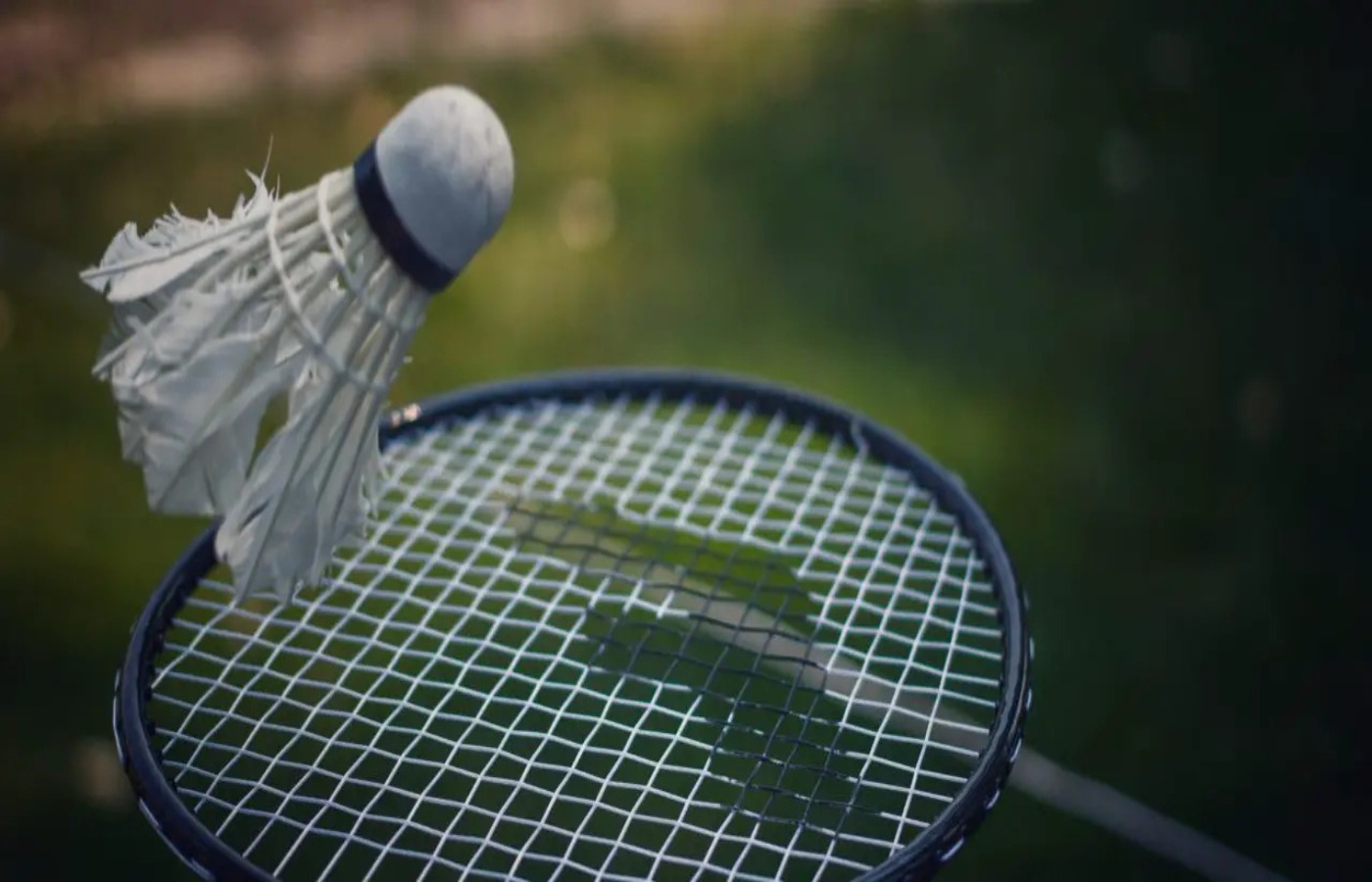Badminton, a sport beloved for its grace, agility, and strategic depth, has a storied history that spans centuries and continents. From its humble origins as a leisurely pastime to its emergence as a fiercely competitive Olympic sport, badminton has evolved remarkably in line with the times’ social, technological, and cultural developments. In this comprehensive exploration, we’ll take a deep dive into the evolution of badminton, tracing its origins, milestones, and enduring legacy.
Origins of Badminton: A Glimpse into History
Ancient Roots: The origins of badminton can be traced back thousands of years to ancient civilizations such as China, Greece, and India, where early forms of the game were played with primitive rackets and shuttlecocks made from feathers or animal hide.
Battledore and Shuttlecock: The precursor to modern badminton, known as “battledore and shuttlecock,” was famous in Europe during the Middle Ages. Players would use paddles (battledores) to hit a shuttlecock back and forth, often in a competitive or recreational setting.
Development in British India: Badminton as we know it today began to take shape in British India during the 19th century, when British officers stationed in the region adapted and formalized the game based on earlier variations. Pune is often credited as the birthplace of modern badminton, with the first official rules and regulations established in the late 1800s.
Rise of Competitive Badminton: From Clubs to Championships
Formation of Badminton Clubs: The establishment of badminton clubs in England during the late 19th and early 20th centuries led to the proliferation of the sport and the development of competitive play. Clubs such as the Bath Badminton Club and the London Badminton Club laid the foundation for organized competition and standardized rules.
Birth of International Tournaments: The first international badminton tournament, the All England Open Badminton Championships, was held in 1899 in Guildford, England. Over the years, the tournament grew and became one of basketball’s premier events, attracting players from all over.
Olympic Recognition: Badminton debuted as a demonstration sport in 1972 at the Munich Olympics before gaining medal recognition in 1992 at the Barcelona Olympics. Since then, badminton has become a staple of the Olympic program, showcasing the sport’s global appeal and competitive intensity on the world stage.
Technological Advancements: From Feathers to Synthetic Materials
Evolution of Equipment: The development of badminton equipment, including rackets and shuttlecocks, has undergone significant advancements. Traditional shuttlecocks made from feathers have been replaced by synthetic shuttlecocks made from nylon or plastic, offering greater durability and consistency in flight.
Racket Technology: Racket technology has also evolved rapidly, with manufacturers incorporating innovative materials such as carbon fiber, graphite, and titanium to create lighter, more powerful rackets with larger sweet spots. These advancements have revolutionized the game, allowing players to generate greater power and control with their shots.
Court Design and Maintenance: Court design and maintenance changes have also profoundly impacted the sport. Modern badminton courts are constructed with specialized flooring materials that provide optimal traction and shock absorption, reducing the possibility of injury and improving performance.
Globalization of Badminton: Spreading the Sport to New Frontiers
Growth in Popularity: Badminton has experienced a surge in popularity in recent decades, with millions of players and enthusiasts participating in the sport worldwide. Establishing national governing bodies, international federations, and professional leagues has helped promote the sport and elevate its global status.
Emerging Powerhouses: Traditional powerhouses such as China, Indonesia, and Denmark have long dominated the world rankings in badminton, but emerging nations such as India, Malaysia, and Japan have also made significant strides in recent years, contributing to the sport’s global diversity and competitiveness.
Grassroots Development: Grassroots initiatives and development programs are vital in nurturing the next generation of badminton talent and promoting inclusivity and accessibility in the sport. From school programs and community clubs to elite training academies, efforts to expand participation and talent development are helping to secure badminton’s future growth and success.
Challenges and Opportunities: Navigating the Road Ahead
Governance and Integrity: As badminton continues to grow and evolve, ensuring good governance, transparency, and integrity within the sport is paramount. National and international governing bodies must prioritize ethical conduct, fair play, and athlete welfare to maintain the integrity and credibility of badminton at all levels.
Gender Equity: Like many sports, badminton has grappled with issues of gender equity and representation. Promoting gender equality in leadership positions, coaching staff, and media coverage are essential for fostering a more inclusive and equitable sports environment.
Innovation and Adaptation: Embracing innovation and technology will drive badminton’s future growth and sustainability. From digital streaming platforms and virtual coaching tools to eco-friendly equipment and sustainable event management practices, exploring new avenues for engagement and innovation can help attract new audiences and enhance the overall fan experience.
Conclusion:
The evolution of badminton is a testament to the sport’s enduring appeal and adaptability in the face of change. From its humble origins as a leisurely pastime to its status as a globally recognized Olympic sport, badminton has captivated players and fans alike with its athleticism, strategy, and grace. As we look to the future, let us celebrate the rich legacy of badminton while embracing challenges and opportunities so that the sport continues to inspire and unite people of all ages and backgrounds worldwide.

